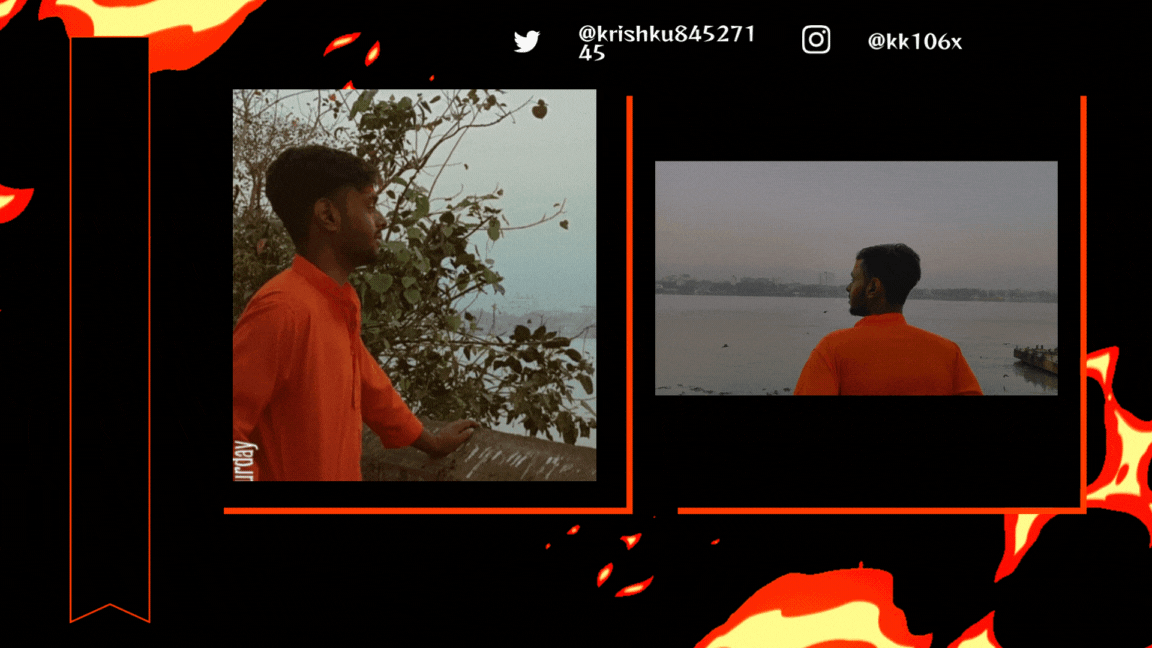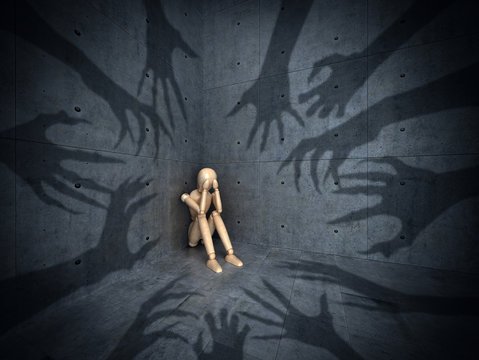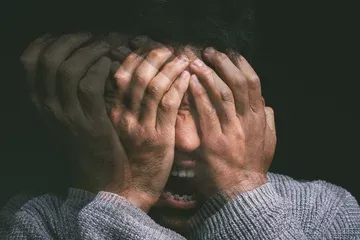Everybody, whether they like to admit it or not, has fears and gets anxious about certain things, whether it be a spider crawling on the ground or getting up in front of large groups of people. In most cases though, people cope with those fears and confront them. A phobia is the most extreme type of fear, where it actually causes them to go to great lengths to avoid being exposed to the fear or perceived danger, even if there’s no actual risk or danger, and people often feel powerless against it.
Phobias are considered the most common psychiatric disorder, affecting almost 10% of the population. Phobias are extreme, often unreasonable and irrational fears of something, which could literally be anything, like pyrophobia—fear of fire, alektorophobia—fear of chickens, triskaidekaphobia—fear of the number 13, phobophobia—fear of developing phobias, or even pinaciphobia—fear of lists. Unreasonable or irrational fears get in the way of daily routines, work, and relationships, because patients with phobias might try to do whatever they can to avoid the anxiety and terrifying feelings associated with the phobia.
For example, most people don’t necessarily enjoy the company of spider, but they also don’t let it affect their social or daily life, like—even though I know there are spiders in the woods, I wouldn’t avoid a camping trip on account of the spiders. Even if they love camping, somebody with arachnophobia—a fear of spiders—might refuse to go because they know there’s a possibility of seeing a spider in close quarters; the fear’s clearly interfering with their social life and relationship with friends, meaning it’s a phobia. An irrational fear of an object or situation like this is called a specific phobia. The diagnostic and statistical manual for mental disorders, edition five, splits these specific phobias into five categories—fear of animals, like arachnophobia or alektorophobia, fear of the natural environment, like darkness or nyctophobia, fear of blood and needles—hemophobia, situational fears like fear of flying—aviophobia, and then “other” fears, like fear of clowns—coulrophobia. These specific phobias are one of three main types of phobias.
The other two types are agoraphobia and social phobia. Agoraphobia means fear of public places, but has to do with being fearful in a public space where it feels like it might be hard to escape quickly and return to a place perceived as “safe” like the person’s home. Therefore, people with agoraphobia tend not to venture out very often. Some commonly feared areas might be places like crowded shopping malls, or theaters, where it might be difficult to escape quickly. Social phobias, on the other hand, are overwhelming and persistent fears of social situations and interactions. People with social phobias are fearful of being embarrassed or judged by others.
Being embarrassed or feeling “awkward” in a social interaction from time to time is totally normal, but people with social phobias often feel anxiety for weeks leading up to events before they happen, and are afraid of doing common things in front of others. For example, someone with a social phobia might be afraid to eat in front of someone else. For people with phobias—seeing, being exposed to, or even thinking about the phobia causes severe anxiety that’s often not proportionate to the real threat. They’ll catastrophize and jump to the worst-case scenario and think that it’s more likely to happen than it actually is—these thoughts can lead to physical symptoms like excessive sweating, trembling, and an increased heart rate.
That being said, it’s important to reiterate the difference between an everyday fear and a phobia. Feeling queasy while you’re climbing a latter would be an everyday fear, avoiding your favorite frozen yogurt place because it’s on the second floor of a building would be a phobia. Feeling weirded out around your best friend’s pet snake is an everyday fear, avoiding your friend’s house entirely because they have a snake would be a phobia. Unless it’s not in a terrarium and slithering around the house—then I guess it would be an everyday fear. Basically it comes down to the idea of what would be an appropriate or reasonable response versus a disproportionate or exaggerated response. But what causes a phobia? Well we don’t really know, but we do know you’re more likely to develop one if you have a family member with a phobia.
Sometimes though, phobias might be caused by specific traumatic events, like being confronted by an aggressive raccoon. Now tailoring treatment for the specific individual’s fear is super important in effective therapy, because different patients might respond differently depending on the therapy, especially if other conditions are involved liked depression and drug abuse. Psychotherapy, particularly cognitive behavior therapy, can be super beneficial for patients.
Cognitive behavior therapy teaches patients to be mindful that their fear is irrational, and the likelihood of their worst fears coming true like being attacked by a pack of angry raccoons and getting rabies and dying an unpleasant and untimely death, is actually very low. Also, systematic desensitization might be used, where a person is gradually and systematically exposed to the feared objects. Patients first learn to identify the anxiety, then they learn coping techniques, and last they use their learned coping techniques to overcome situations. The vast majority of patients can be treated using these tailored methods.
THANKS YOU
Your readership is a gift that fuels my passion for writing. Thank you for investing your time and attention in my blog. Your support inspires me to keep sharing and creating.

Find me on :
This is my participation post for Initiative:MAYINLEO
Posted Using InLeo Alpha
Posted Using InLeo Alpha



Just out of curiosity - are there many packs of angry raccoons in India?
No, raccoons aren't native to India.
I thought so :)
Source of potential text plagiarism
Hello.
Plagiarism is the copying & pasting of others' work without giving credit to the original author or artist.
We would appreciate it if you could avoid plagiarism of content (full or partial texts, videos, photography, art, etc.).
Thank you.
Guide: Why and How People Abuse and Plagiarise
If you believe this comment is in error, please contact us in #appeals in Discord.